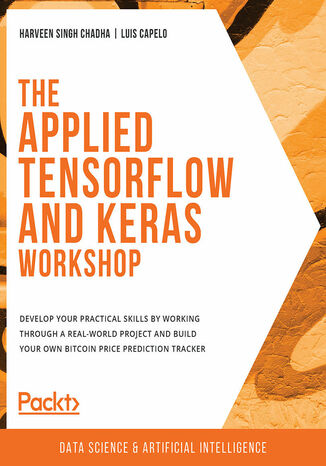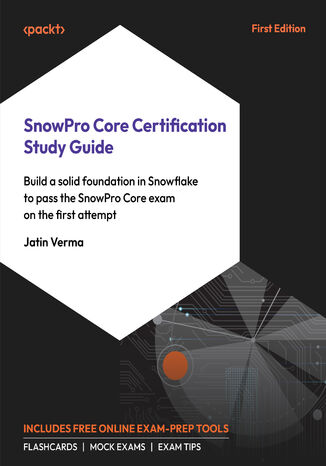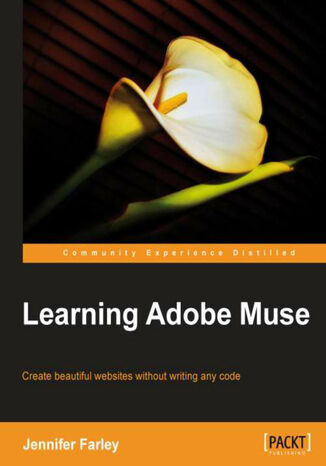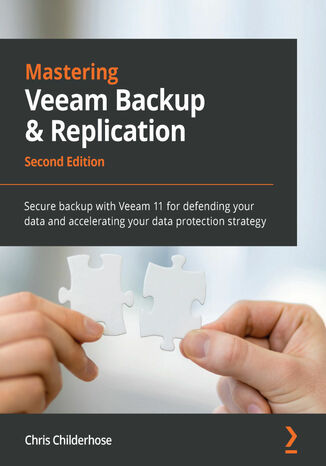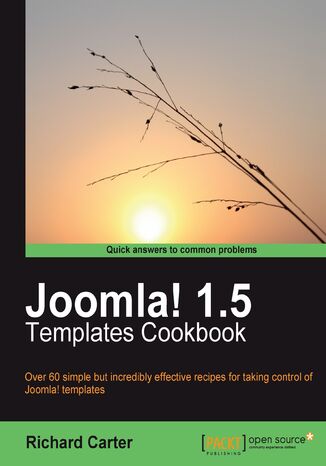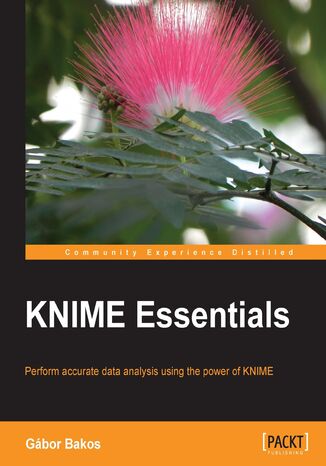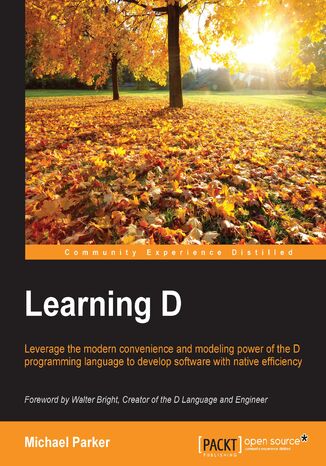Категорії
-
- Біткойн
- Ділова жінка
- Коучинг
- Контроль
- Електронний бізнес
- Економіка
- Фінанси
- Фондова біржа та інвестиції
- Особисті компетенції
- Комп'ютер в офісі
- Комунікація та переговори
- Малий бізнес
- Маркетинг
- Мотивація
- Мультимедійне навчання
- Нерухомість
- Переконання та НЛП
- Податки
- Соціальна політика
- Порадники
- Презентації
- Лідерство
- Зв'язки з громадськістю
- Звіти, аналізи
- Секрет
- Соціальні засоби комунікації
- Продаж
- Стартап
- Ваша кар'єра
- Управління
- Управління проектами
- Людські ресурси (HR)
-
- Architektura i wnętrza
- Безпека життєдіяльності
- Biznes i Ekonomia
- Будинок та сад
- Електронний бізнес
- Ekonomia i finanse
- Езотерика
- Фінанси
- Особисті фінанси
- Бізнес
- Фотографія
- Інформатика
- Відділ кадрів та оплата праці
- Для жінок
- Комп'ютери, Excel
- Бухгалтерія
- Культура та література
- Наукові та академічні
- Охорона навколишнього середовища
- Впливові
- Освіта
- Податки
- Подорожі
- Психологія
- Релігія
- Сільське господарство
- Ринок книг і преси
- Транспорт та спедиція
- Здоров'я та краса
-
- Офісні застосунки
- Бази даних
- Біоінформатика
- Бізнес ІТ
- CAD/CAM
- Digital Lifestyle
- DTP
- Електроніка
- Цифрова фотографія
- Комп'ютерна графіка
- Ігри
- Хакування
- Hardware
- IT w ekonomii
- Наукові пакети
- Шкільні підручники
- Основи комп'ютера
- Програмування
- Мобільне програмування
- Інтернет-сервери
- Комп'ютерні мережі
- Стартап
- Операційні системи
- Штучний інтелект
- Технологія для дітей
- Вебмайстерність
-
- Антології
- Балада
- Біографії та автобіографії
- Для дорослих
- Драми
- Журнали, щоденники, листи
- Епос, епопея
- Нарис
- Наукова фантастика та фантастика
- Фельєтони
- Художня література
- Гумор, сатира
- Інше
- Класичний
- Кримінальний роман
- Нехудожня література
- Художня література
- Mity i legendy
- Лауреати Нобелівської премії
- Новели
- Побутовий роман
- Okultyzm i magia
- Оповідання
- Спогади
- Подорожі
- Оповідна поезія
- Поезія
- Політика
- Науково-популярна
- Роман
- Історичний роман
- Проза
- Пригодницька
- Журналістика
- Роман-репортаж
- Romans i literatura obyczajowa
- Сенсація
- Трилер, жах
- Інтерв'ю та спогади
-
- Археологія
- Bibliotekoznawstwo
- Кінознавство / Теорія кіно
- Філологія
- Польська філологія
- Філософія
- Finanse i bankowość
- Географія
- Економіка
- Торгівля. Світова економіка
- Історія та археологія
- Історія мистецтва і архітектури
- Культурологія
- Мовознавство
- літературні студії
- Логістика
- Математика
- Ліки
- Гуманітарні науки
- Педагогіка
- Навчальні засоби
- Науково-популярна
- Інше
- Психологія
- Соціологія
- Театральні студії
- Богослов’я
- Економічні теорії та науки
- Transport i spedycja
- Фізичне виховання
- Zarządzanie i marketing
-
- Безпека життєдіяльності
- Історія
- Дорожній кодекс. Водійські права
- Юридичні науки
- Охорона здоров'я
- Загальне, компендіум
- Академічні підручники
- Інше
- Закон про будівництво і житло
- Цивільне право
- Фінансове право
- Господарське право
- Господарське та комерційне право
- Кримінальний закон
- Кримінальне право. Кримінальні злочини. Кримінологія
- Міжнародне право
- Міжнародне та іноземне право
- Закон про охорону здоров'я
- Закон про освіту
- Податкове право
- Трудове право та законодавство про соціальне забезпечення
- Громадське, конституційне та адміністративне право
- Кодекс про шлюб і сім'ю
- Аграрне право
- Соціальне право, трудове право
- Законодавство Євросоюзу
- Промисловість
- Сільське господарство та захист навколишнього середовища
- Словники та енциклопедії
- Державні закупівлі
- Управління
-
- Африка
- Альбоми
- Південна Америка
- Центральна та Північна Америка
- Австралія, Нова Зеландія, Океанія
- Австрія
- Азії
- Балкани
- Близький Схід
- Болгарія
- Китай
- Хорватія
- Чеська Республіка
- Данія
- Єгипет
- Естонія
- Європа
- Франція
- Гори
- Греція
- Іспанія
- Нідерланди
- Ісландія
- Литва
- Латвія
- Mapy, Plany miast, Atlasy
- Мініпутівники
- Німеччина
- Норвегія
- Активні подорожі
- Польща
- Португалія
- Інше
- Przewodniki po hotelach i restauracjach
- Росія
- Румунія
- Словаччина
- Словенія
- Швейцарія
- Швеція
- Світ
- Туреччина
- Україна
- Угорщина
- Велика Британія
- Італія
-
- Філософія життя
- Kompetencje psychospołeczne
- Міжособистісне спілкування
- Mindfulness
- Загальне
- Переконання та НЛП
- Академічна психологія
- Психологія душі та розуму
- Психологія праці
- Relacje i związki
- Батьківство та дитяча психологія
- Вирішення проблем
- Інтелектуальний розвиток
- Секрет
- Сексуальність
- Спокушання
- Зовнішній вигляд та імідж
- Філософія життя
-
- Біткойн
- Ділова жінка
- Коучинг
- Контроль
- Електронний бізнес
- Економіка
- Фінанси
- Фондова біржа та інвестиції
- Особисті компетенції
- Комунікація та переговори
- Малий бізнес
- Маркетинг
- Мотивація
- Нерухомість
- Переконання та НЛП
- Податки
- Соціальна політика
- Порадники
- Презентації
- Лідерство
- Зв'язки з громадськістю
- Секрет
- Соціальні засоби комунікації
- Продаж
- Стартап
- Ваша кар'єра
- Управління
- Управління проектами
- Людські ресурси (HR)
-
- Антології
- Балада
- Біографії та автобіографії
- Для дорослих
- Драми
- Журнали, щоденники, листи
- Епос, епопея
- Нарис
- Наукова фантастика та фантастика
- Фельєтони
- Художня література
- Гумор, сатира
- Інше
- Класичний
- Кримінальний роман
- Нехудожня література
- Художня література
- Mity i legendy
- Лауреати Нобелівської премії
- Новели
- Побутовий роман
- Okultyzm i magia
- Оповідання
- Спогади
- Подорожі
- Поезія
- Політика
- Науково-популярна
- Роман
- Історичний роман
- Проза
- Пригодницька
- Журналістика
- Роман-репортаж
- Romans i literatura obyczajowa
- Сенсація
- Трилер, жах
- Інтерв'ю та спогади
-
- Філософія життя
- Міжособистісне спілкування
- Mindfulness
- Загальне
- Переконання та НЛП
- Академічна психологія
- Психологія душі та розуму
- Психологія праці
- Relacje i związki
- Батьківство та дитяча психологія
- Вирішення проблем
- Інтелектуальний розвиток
- Секрет
- Сексуальність
- Спокушання
- Зовнішній вигляд та імідж
- Філософія життя
Harveen Singh Chadha, Luis Capelo
Machine learning gives computers the ability to learn like humans. It is becoming increasingly transformational to businesses in many forms, and a key skill to learn to prepare for the future digital economy.As a beginner, you’ll unlock a world of opportunities by learning the techniques you need to contribute to the domains of machine learning, deep learning, and modern data analysis using the latest cutting-edge tools.The Applied TensorFlow and Keras Workshop begins by showing you how neural networks work. After you’ve understood the basics, you will train a few networks by altering their hyperparameters. To build on your skills, you’ll learn how to select the most appropriate model to solve the problem in hand. While tackling advanced concepts, you’ll discover how to assemble a deep learning system by bringing together all the essential elements necessary for building a basic deep learning system - data, model, and prediction. Finally, you’ll explore ways to evaluate the performance of your model, and improve it using techniques such as model evaluation and hyperparameter optimization.By the end of this book, you'll have learned how to build a Bitcoin app that predicts future prices, and be able to build your own models for other projects.
Through this hands-on Snowflake certification book with real-world examples, you’ll quickly learn fundamental concepts and perform required labs to develop an understanding of Snowflake architecture and data security. As you progress, you will dive into critical domains of the exam, including SQL for Snowflake certification, data governance, access control, and transformations.Alongside top resources for SnowPro Core exam preparation, you will progress from the basics of the Snowflake data pipeline and ETL processes through best practices for Snowflake query optimization to onboarding users with the right access controls to ensure your data stays safe and secure. You’ll also learn how to share data outside of Snowflake.Combined with the Snowflake hands-on projects and lab exercises, you’ll be ready to take the SnowPro Core exam and pass it the first time. You’ll gain all the skills to use Snowflake to fulfill your organization’s data needs.The book is written by Jatin Verma, a certified SnowPro Core expert, and includes practical exam strategies, practice tests, and flashcards to enhance your preparation. Whether you're a data engineer, architect, analyst, or cloud professional, this guide will ensure you're fully prepared for Snowflake certification success.
Blockchain is being billed as the technology of the future. Bitcoin is the first application of that technology. Mining is what makes it all possible. Exploring mining from a practical perspective will help you make informed decisions about your mining setup. Understanding what the future may hold for blockchains, and therefore for mining, will help you position yourself to take advantage of the impending changes.This practical guide starts with an introduction to Bitcoin wallets, as well as mining hardware and software. You will move on to learn about different mining techniques using the CPU, GPU, FPGA, and ultimately the ASIC as an example. After this, you will gain an insight into solo mining and pool mining, and see the differences between the two. The book will then walk you through large-scale mining and the challenges faced during such operations. Finally, you will take a look into the future to see a world where blockchain-based applications are commonplace and mining is ubiquitous.
Learning Adobe Muse. Create beautiful websites without writing any code with this book and
Adobe Muse is an exciting new tool from the world's foremost design software company which allows users to create beautiful and fully functioning websites without writing any code. It provides graphic designers the power to use their print design skills over the Web. This book will help web designers as well as graphic designers to master Adobe Muse quickly. It will provide step-by-step instructions that guide you through building a website with Adobe Muse.Learning Adobe Muse will teach you how to plan, design and publish websites using Adobe Muse. It starts by covering the tools and interface of the program and moves on to the concepts you'll need to understand for laying out your web pages. You'll learn how to format text using reusable styles, add images, create a clean navigation system, and add interactive elements such as panels and slideshows to your pages and all this without writing a single line of code!By the end of the book you will have created a smartlydesigned, fully-functioning website.
Veeam is one of the leading modern data protection solutions, making it a necessary skill for anyone responsible for securing virtual environments. This revised second edition of Mastering Veeam Backup & Replication is updated to cover Veeam version 11. The book guides you through implementing modern data protection solutions for your cloud and virtual infrastructure with Veeam, all while helping you master advanced concepts such as Continuous Data Protection (CDP), extended object storage support, Veeam ONE enhancements, and Orchestrator.Starting with Veeam essentials, including installation, best practices, and optimizations for Veeam Backup & Replication, you'll get to grips with the 3-2-1-1-0 rule to safeguard data. You'll understand how to set up a backup server, proxies, repositories, and more and then advance to cover a powerful feature of Veeam 11 – CDP. As you progress, you'll learn about immutability (also known as hardened repositories) and discover the best practices for creating them. Finally, you'll explore the new proxy option available in Linux and become well-versed with advanced topics such as extended object storage support, Veeam ONE enhancements, and Orchestrator.By the end of this Veeam book, you'll be able to implement Veeam Backup & Replication for securing your environment and enabling disaster recovery.
Richard Carter, Chris Davenport
Templates in Joomla! provide a powerful way to make your site look exactly the way you want either using a single template for the entire site or a separate template for each site section. Although it sounds like an easy task to build and maintain templates, it can be challenging to get beyond the basics and customize templates to meet your needs perfectly.Joomla! 1.5 Templates Cookbook consists of a series of self-contained step-by-step recipes that cover everything from common tasks such as changing your site's logo or favicon and altering color schemes, to custom error pages and template overrides. It starts off with the basics of template design and then digs deep into more complex concepts. It will help you make your site more attractive and user-friendly. You will integrate your site with various social media such as Twitter and YouTube; make your site mobile-friendly with the help of recipes for creating and customizing mobile spreadsheets; and use miscellaneous tricks and tips to get the most out of your website. You get all of this in a simple recipe format that guides you quickly through the steps and explains how it all happened.
KNIME Essentials. Perform accurate data analysis using the power of KNIME
KNIME is an open source data analytics, reporting, and integration platform, which allows you to analyze a small or large amount of data without having to reach out to programming languages like R.KNIME Essentials teaches you all you need to know to start processing your first data sets using KNIME. It covers topics like installation, data processing, and data visualization including the KNIME reporting features. Data processing forms a fundamental part of KNIME, and KNIME Essentials ensures that you are fully comfortable with this aspect of KNIME before showing you how to visualize this data and generate reports.KNIME Essentials guides you through the process of the installation of KNIME through to the generation of reports based on data. The main parts between these two phases are the data processing and the visualization. The KNIME variants of data analysis concepts are introduced, and after the configuration and installation description comes the data processing which has many options to convert or extend it. Visualization makes it easier to get an overview for parts of the data, while reporting offers a way to summarize them in a nice way.
D is a modern programming language that is both powerful and efficient. It combines multiple paradigms in a way that opens up a whole new world of software design. It is used to develop both desktop and web applications, with future targets including mobile, and is available on multiple platforms. It is familiar to anyone with some experience in one or more of the C-family languages. However, hidden in the similarities are several differences that can be surprising when trying to apply common idioms from other languages. When learning D on your own, this can make it more time-consuming to master. In order to make the most of the language and become an idiomatic D programmer, it’s necessary to learn how to think in D.This book familiarizes you with D from the ground up, with a heavy focus on helping you to avoid surprises so that you can take your D knowledge to the next level more quickly and painlessly.Your journey begins with a taste of the language and the basics of compiling D programs with DMD, the reference D compiler developed by Digital Mars, and DUB, a community-developed build utility and package manager. You then set out on an exploration of major language features. This begins with the fundamentals of D, including built-in types, conditionals, loops and all of the basic building-blocks of a D program, followed by an examination of D’s object-oriented programming support. You’ll learn how these features differ from languages you may already be familiar with. Next up are D’s compile-time features, such as Compile-Time Function Evaluation and conditional compilation, then generic programming with templates. After that, you’ll learn the more advanced features of ranges and functional pipeline programming. To enhance your D experience, you are next taken on a tour of the D ecosystem and learn how to make D interact with C. Finally, you get a look at D web development using the vibe.d project and the book closes with some handy advice on where to go next.

